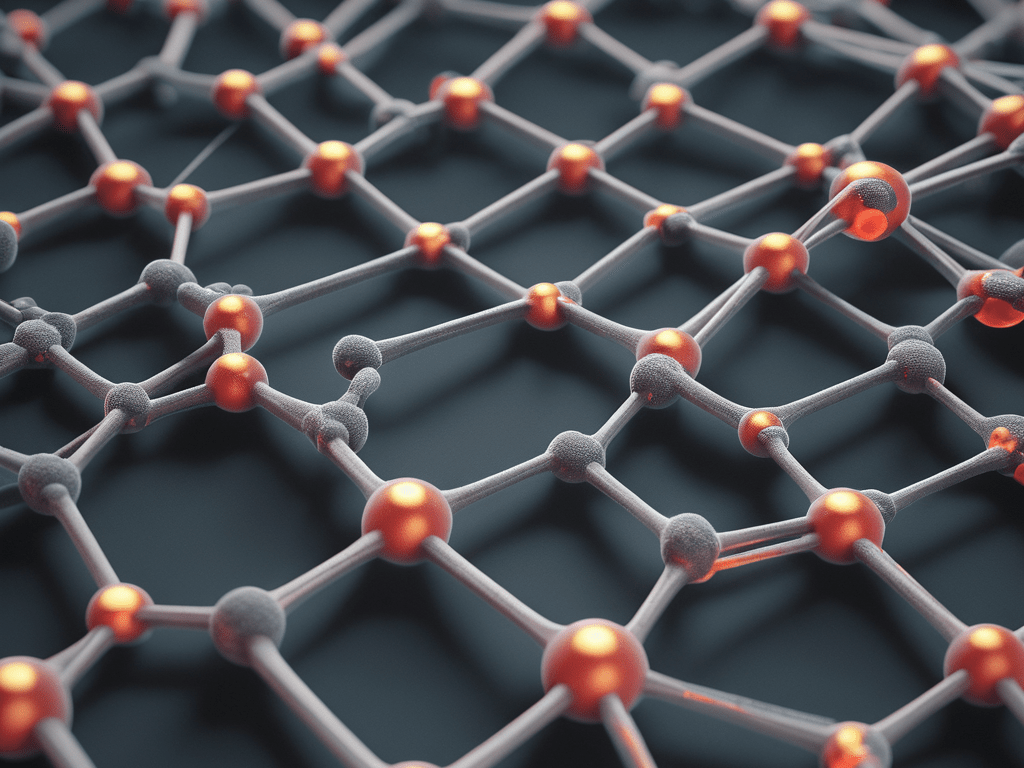Graphene oxide (GO), a groundbreaking two-dimensional carbon nanomaterial, is attracting widespread attention in scientific and industrial fields due to its exceptional properties. Synthesized through the Modified Hummers Method, GO is an oxidized form of graphene enriched with oxygen-containing functional groups, making it easily dispersible in water, organic solvents, and various matrices.
GO is a chemically enhanced single-layer carbon structure with oxygen-containing functional groups. Unlike other members of the graphene family, GO’s unique chemical properties open up new possibilities for a wide array of applications, including electronics, energy storage, composites, concrete, water treatment, and catalysis.

Synthesis of Graphene Oxide
The Modified Hummers Method is used to synthesize GO. This process involves the chemical exfoliation of graphite using oxidizing agents, which expand the interlayer spacing and chemically modify the surfaces of carbon layers. The result is a single layer of carbon atoms with functionalized surfaces, giving rise to graphene oxide.
Structure of Graphene Oxide
GO consists of a single layer of carbon atoms, with both surfaces functionalized by oxygen-containing groups. Additionally, GO retains pristine graphene domains that contribute to its distinctive mechanical, thermal, and electrical properties.
Reduction of Graphene Oxide
A crucial step in utilizing GO is its reduction process, which removes oxygen groups and restores its structure to resemble pure graphene. The reduced form of GO, called reduced graphene oxide (rGO), exhibits properties closer to pure graphene and is widely used across various industries.
Uses of Graphene Oxide
Electronics
GO and RGO have made significant impacts in electronics. GO’s electrically insulating nature and RGO’s enhanced conductivity make them suitable for:
- Field-effect transistors
- Chemical and biosensors
- Transparent electrodes in LEDs and solar cells
Concrete Enhancement
Graphene oxide plays a transformative role in concrete applications:
- Improved Strength: GO enhances compressive and flexural strength by dispersing effectively within the concrete matrix.
- Durability: GO forms a barrier to water, chloride ions, and other harmful substances, increasing concrete’s impermeability and resistance to corrosion.
- Crack Prevention: By hindering microcrack propagation, GO contributes to the structural integrity and longevity of concrete.
- Sustainability: Enhanced durability reduces maintenance needs, conserving resources and lowering the environmental impact over the concrete’s lifecycle.
Adnano Technologies has developed a GO product, UNIGO, which can be diluted 1,000 times without external additives for efficient use in concrete mixtures.
Energy Storage
RGO’s unique properties make it ideal for energy storage, particularly in lithium-ion batteries. Incorporating RGO into batteries enhances energy capacity and cycle stability, addressing key challenges in energy storage technologies.
Biomedical Applications
In healthcare, GO shows promise in drug delivery systems. Functionalized GO has been used for the targeted delivery of anti-cancer drugs, underscoring its potential in biomedical innovations.
Biosensing
GO and RGO are excellent materials for biosensing due to their high surface area and chemical reactivity. Applications include:
- DNA detection
- Cancer cell identification
Water Filtration and Purification
Graphene oxide has revolutionized water treatment through its use in filtration and desalination membranes. GO’s thinness, transparency, and conductivity enhance membrane efficiency and lifespan, reducing desalination and filtration costs and contributing to environmental sustainability.
Future of Graphene Oxide
Adnano Technologies’ advancements in achieving uniform dispersion of GO nanoparticles in concrete mixtures highlight the material’s potential to drive innovation across multiple industries. With its unique properties and diverse applications, graphene oxide is set to play a pivotal role in future technological developments.
Conclusion
Graphene oxide is a defining feature that unlocks its great potential in various applications. Its hydrophilic nature, ease of functionalization, and compatibility with aqueous systems make it a versatile material for innovative solutions.
For more information, check out: Graphene Oxide
